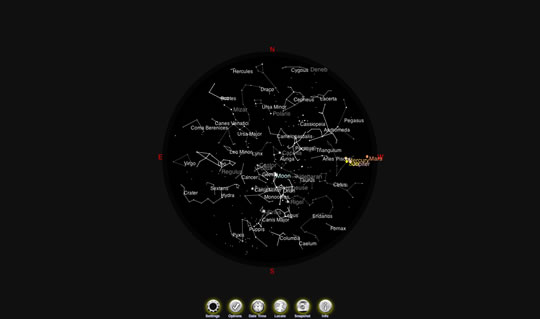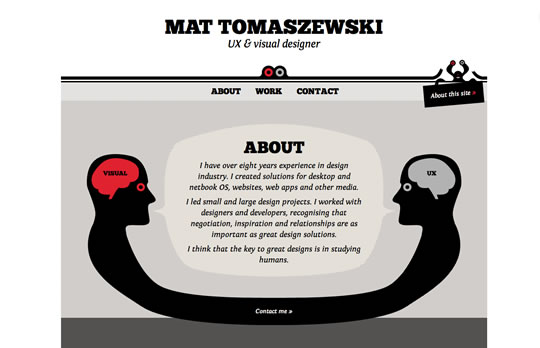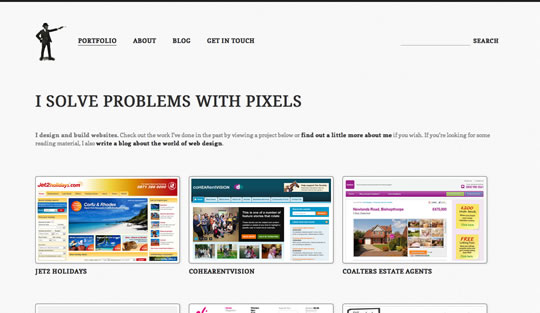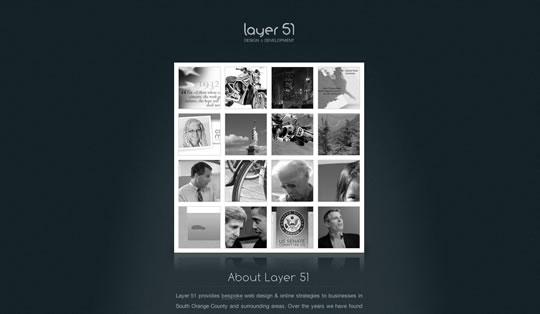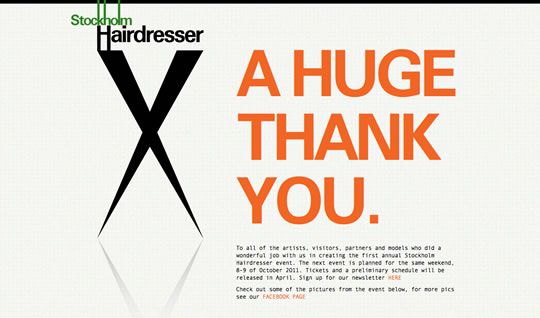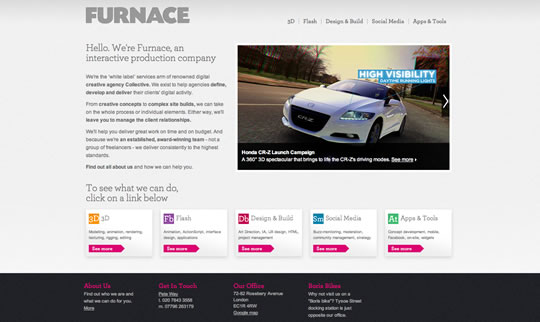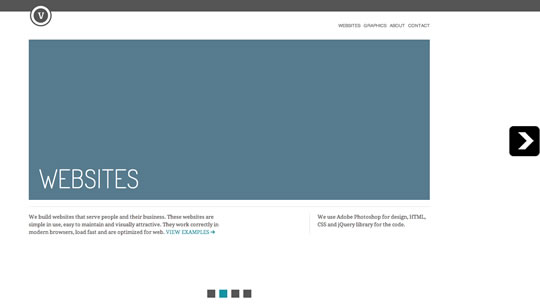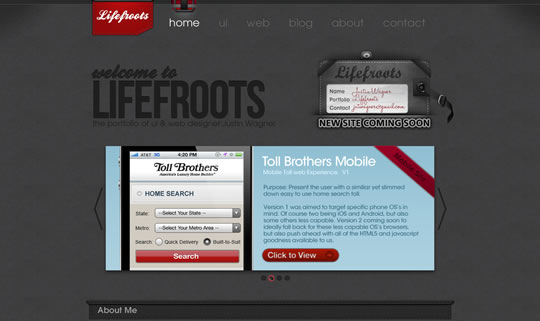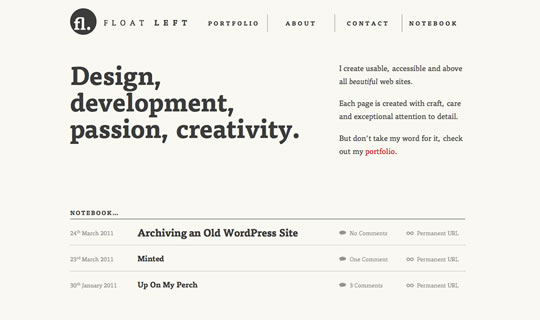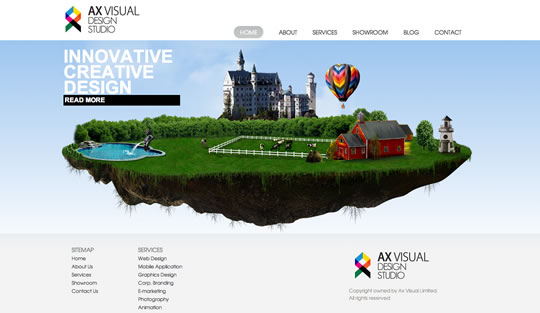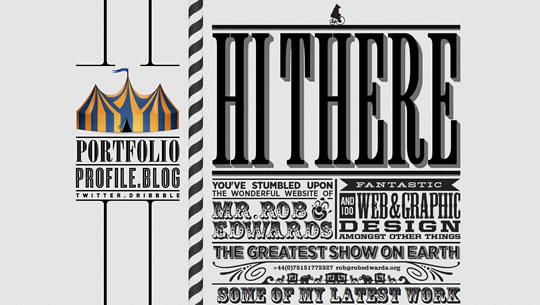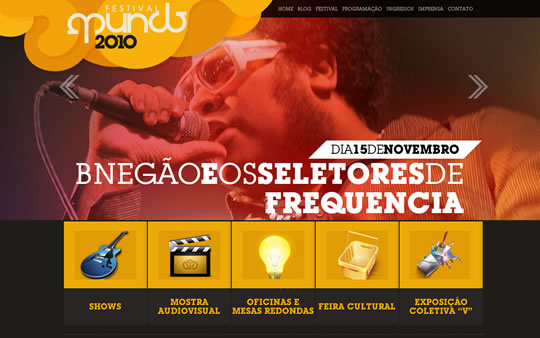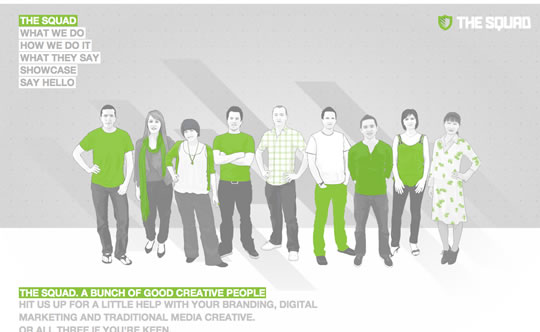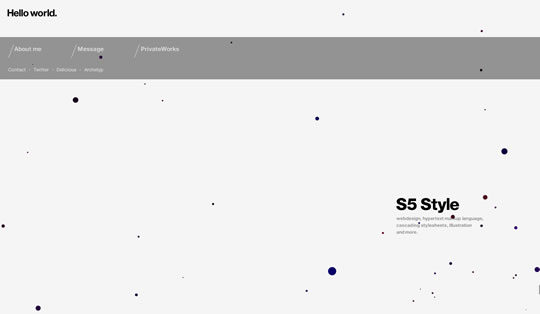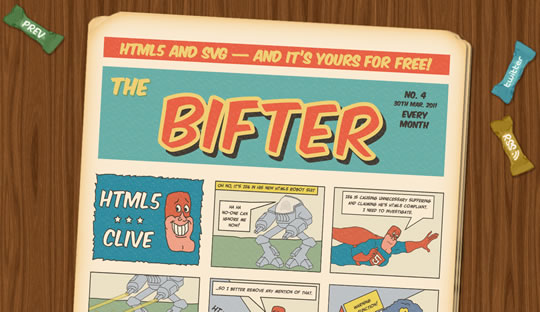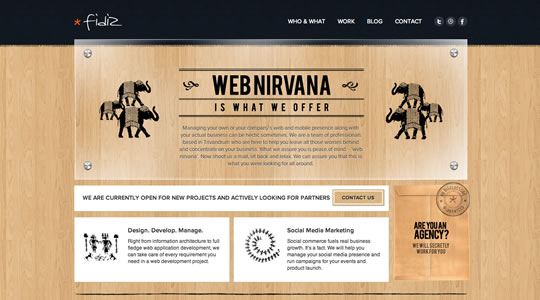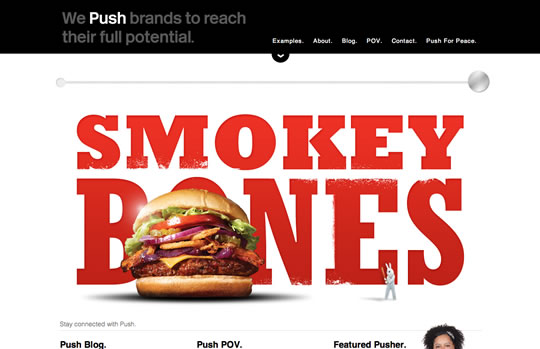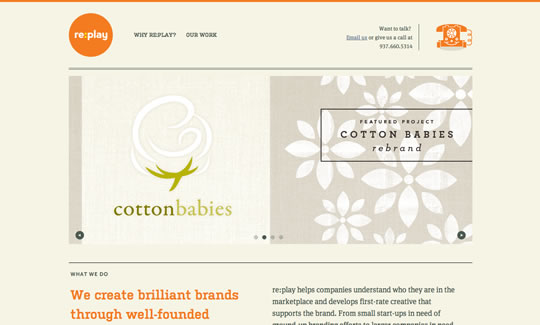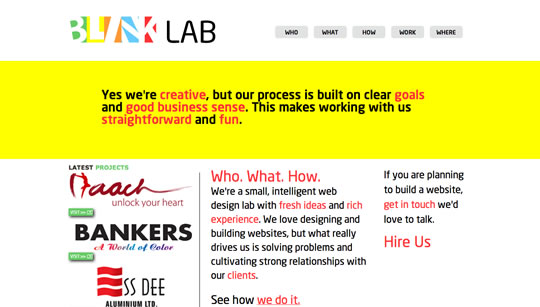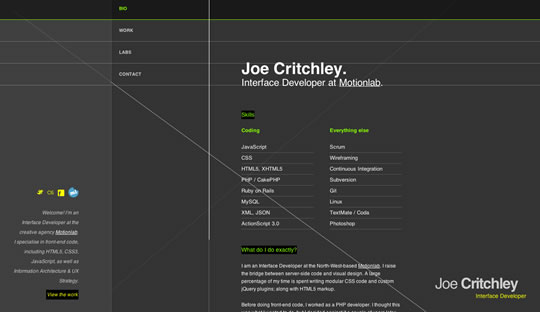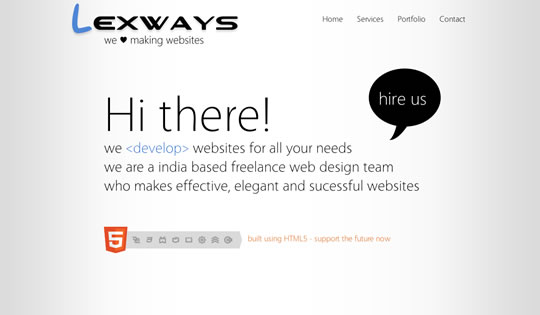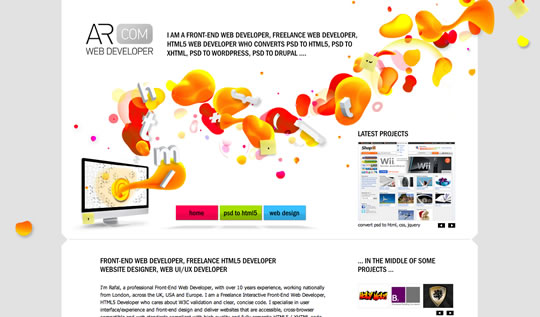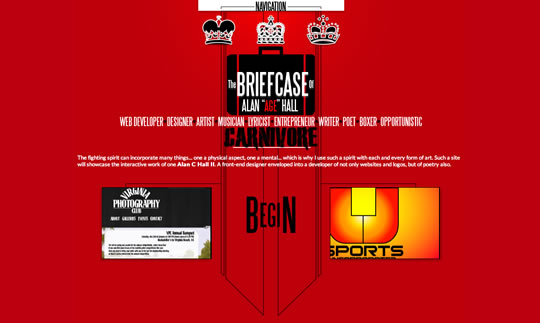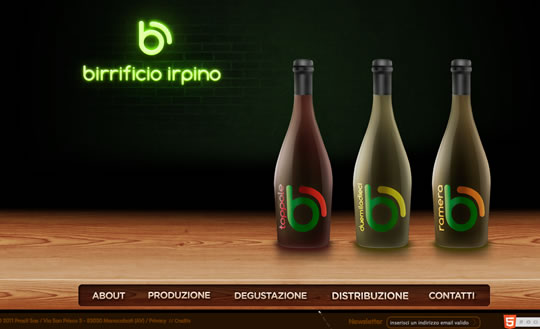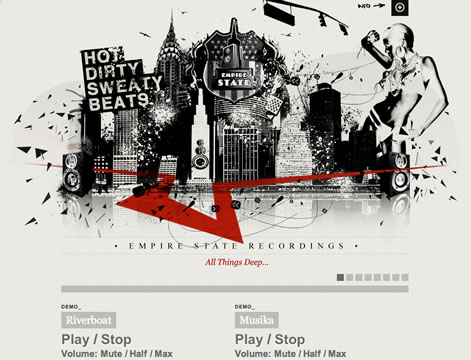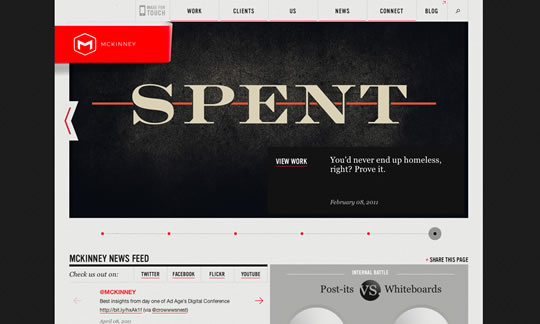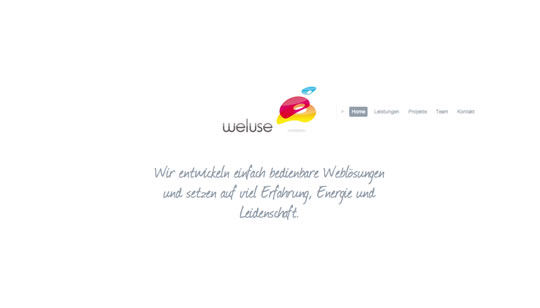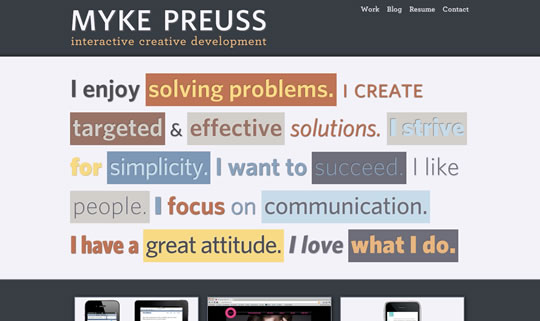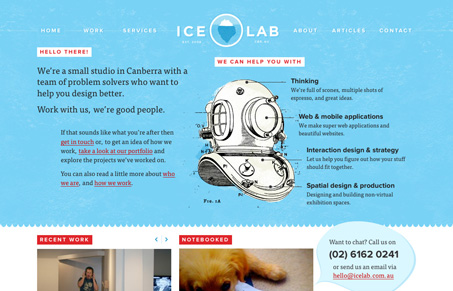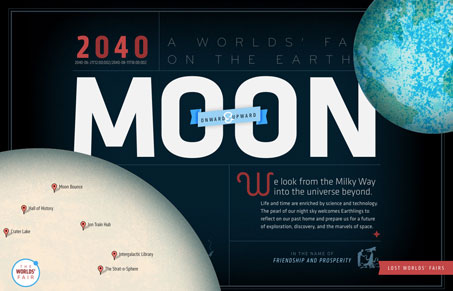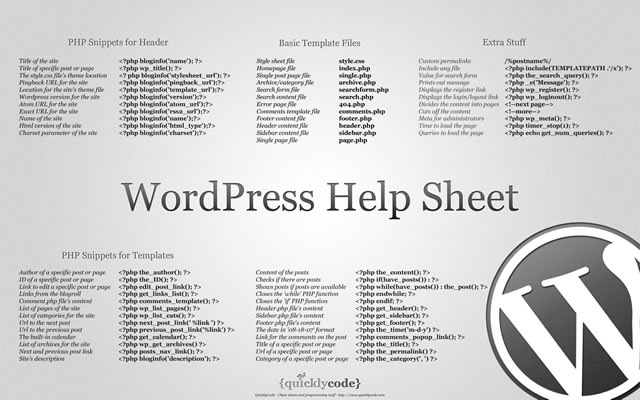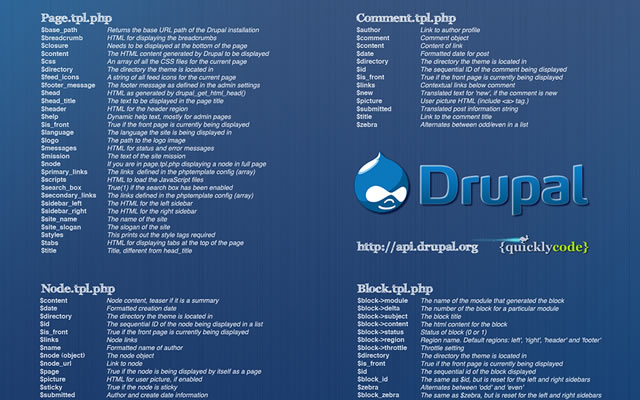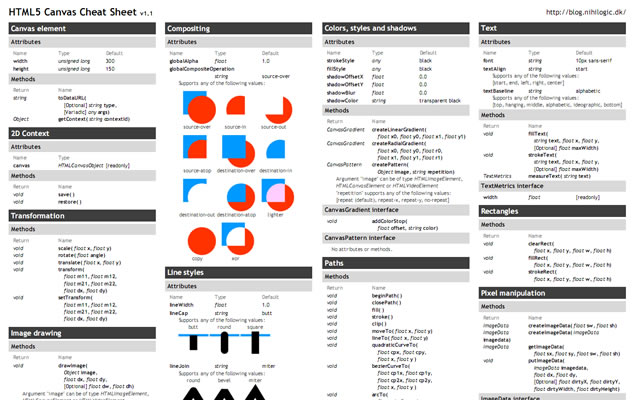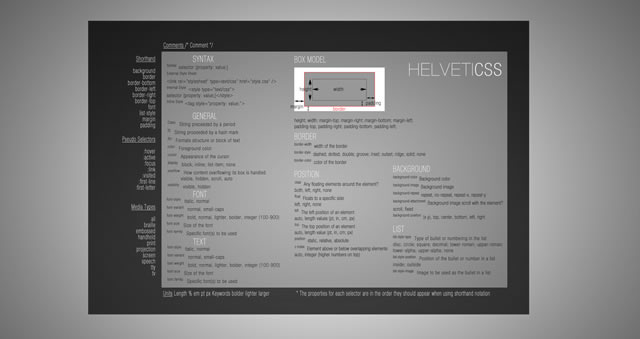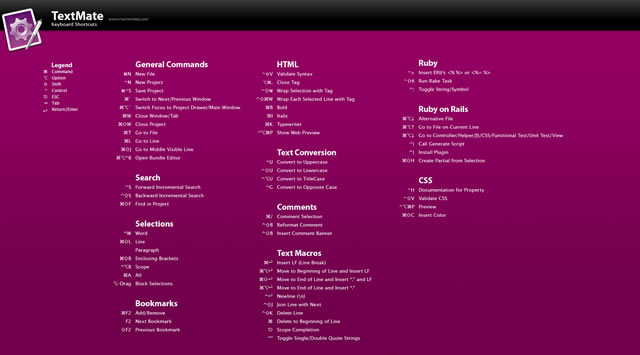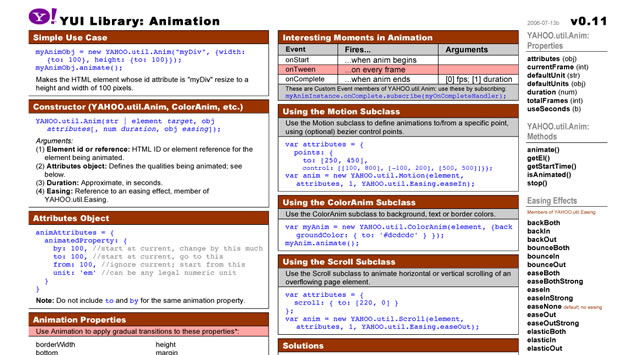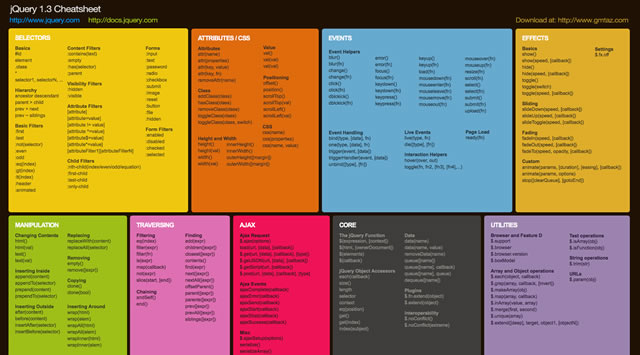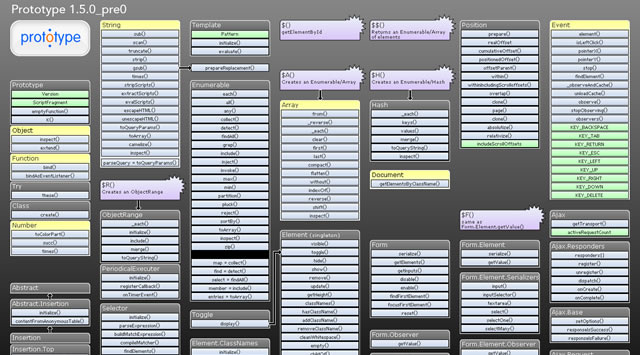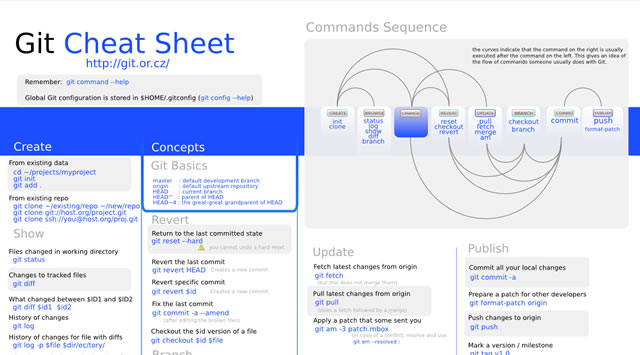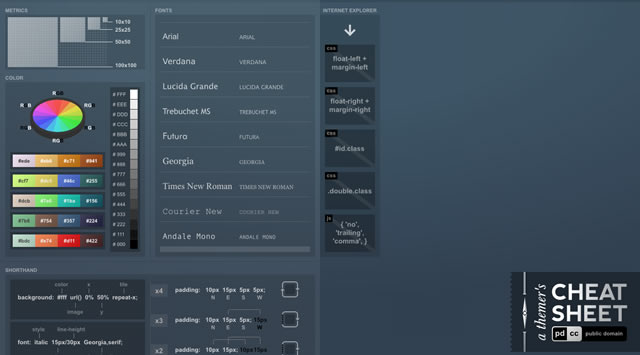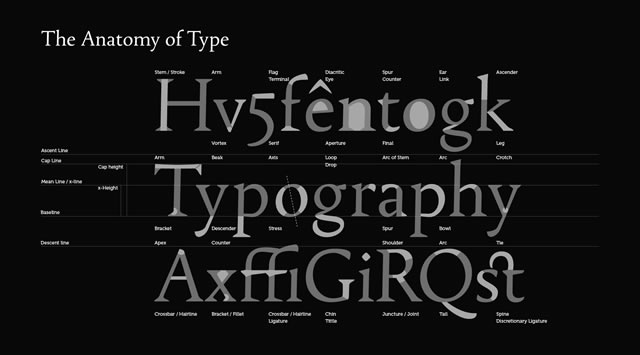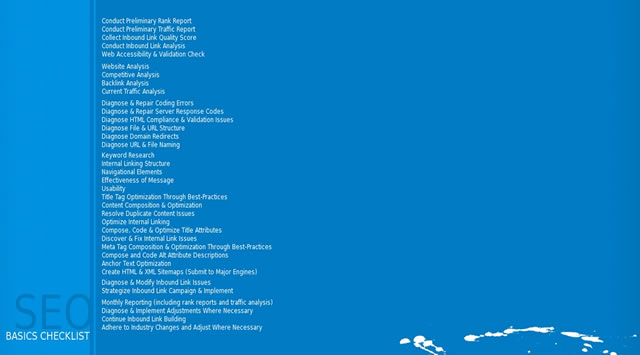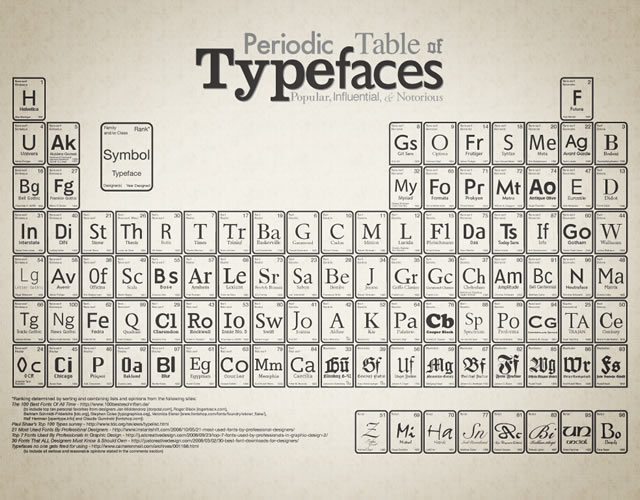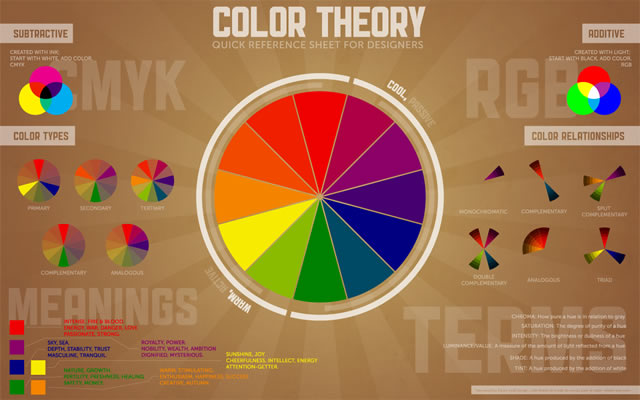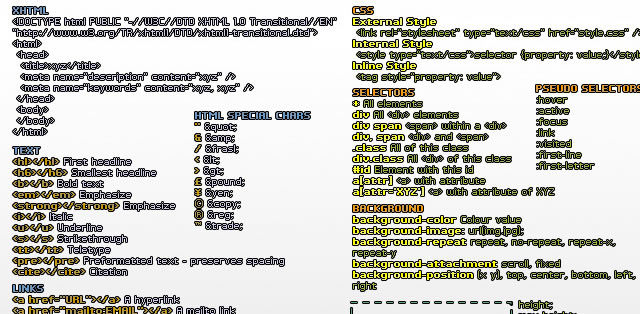Google launched its much awaited and highly anticipated social networking platform today to a limited number of users. Dubbed Google+ (Plus), the service may take its cue from social networking giant Facebook, but in the end it is about the harsh reality of Google saving and enhancing its core franchise — Google Search. It is search (and, by extension, advertising) that made Google a company that has run afoul of the Federal Trade Commission because of its huge size and influence.
At the time of Google’s founding, search was broadly defined as a sifting through a directory of websites. As the web grew, search became all about pages. Google, with its PageRank, came to dominate that evolution of search.
 Today, search is not just about pages, but also about people and the relevance of information to them.
Today, search is not just about pages, but also about people and the relevance of information to them.
Google’s senior executives — long dismissive of the idea of importance of social to search — were contrite during their briefing earlier this week. “It is about time we have come to the realization,†said Bradley Horowitz, vice president of product with Google, “If you don’t know people, then you can’t organize the information for people.â€
Google’s realization — however late – that it needs to use social, location and other signals to enhance its core search platform is welcome. “Google needs to understand these relationships and basically use those to make search better,†said Vic Gundotra, Google’s senior vice president for Social in an hour-long briefing earlier this week.
Why? Because the the internet (and information) are expanding with such rapidity that there is no room for assumptions, and as such our systems need to adapt to this world of no (or alternatively infinite) assumptions. Google needs to adapt, and getting social and location signals is important for the company. Search is now search relevant to you in the context of your world — and that is where Google+ comes in.
What is Google Plus?
Is Google+ a destination like Facebook.com? Is it a social network? Is this an identity play? The answer to those questions is yes and no. Google’s Gundotra said that this is the first step by the company in its long social journey, which is going to evolve.
Today, you can get to Google Plus by visiting a website – Google.com/+. But it also travels with you across different Google web properties, thanks to a Google Toolbar. The toolbar is personal to you and allows you to share and send photos, videos, links or just simple messages. A notification icon informs you if others have shared stuff with you.
Google, Gundotra says, has leveraged its infrastructure to offer an array of services, and at the same time the company is attacking Facebook’s noticeable shortcoming — granular privacy that average folks can understand. More importantly it is trying hard to not be compared with Facebook.
Some of Google + Features:
In order to use Google +, you need to have a Google account, though it doesn’t necessarily mean you need to have a Google Mail account. Once you set-up your Google account, you can use your address book to invite people to your network and use that as a starting point.

 Circles: Google has come up with the concept of circles — you can create a circle of contacts that are family, friends, work friends, former co-workers and so on. With these groups or circles you can define who gets to see what kind of updates. Facebook currently doesn’t offer the ability to control who sees what goes in our life that we share online.
Circles: Google has come up with the concept of circles — you can create a circle of contacts that are family, friends, work friends, former co-workers and so on. With these groups or circles you can define who gets to see what kind of updates. Facebook currently doesn’t offer the ability to control who sees what goes in our life that we share online.
 Hangout: This just might be the killer feature of Google + effort. It is essentially group video chat done right. You click on the Hangout button and invite members of a certain group by sending them a notification. If there is no one around, all I could do is hang about without much drain on the system waiting for someone to show up. So theoretically I could invite all members of team GigaOM circle and have a quick video chat. In the demo at least, Hangout felt intuitive and easy to use (Google uses its own video codec and not Adobe Flash for this feature).
Hangout: This just might be the killer feature of Google + effort. It is essentially group video chat done right. You click on the Hangout button and invite members of a certain group by sending them a notification. If there is no one around, all I could do is hang about without much drain on the system waiting for someone to show up. So theoretically I could invite all members of team GigaOM circle and have a quick video chat. In the demo at least, Hangout felt intuitive and easy to use (Google uses its own video codec and not Adobe Flash for this feature).
 Huddle: This is a mobile group-chat service that is very much like Beluga, the fast-growing service that was snapped up by Facebook weeks after it was launched and is now said to be part of a major new communications push by Facebook. I think this is a great little feature and frankly, if Google was smart they should be rolling this out to all Google Apps for the Enterprise customers.
Huddle: This is a mobile group-chat service that is very much like Beluga, the fast-growing service that was snapped up by Facebook weeks after it was launched and is now said to be part of a major new communications push by Facebook. I think this is a great little feature and frankly, if Google was smart they should be rolling this out to all Google Apps for the Enterprise customers.
Instant Uploads: It has also come up with a new approach to mobile photos & videos. Google calls it Instant Uploads. Take a photo and it uploads to your Picasa or YouTube account and then you can share those videos via Google+  to specific “circles.â€
 Sparks: It is a new feature that allows you to create topics of interest and use them as source of information and then share it with various different groups. For instance, I could share results of Top Gear with my “petrol head†friends. These “interest†or “topic†packs offer a lot of content and not surprisingly YouTube videos. Circles, Hangout and Huddle are about personal sharing and personal communications. Sparks on the other hand is devoid of that connection and stands out as a sore thumb.
Sparks: It is a new feature that allows you to create topics of interest and use them as source of information and then share it with various different groups. For instance, I could share results of Top Gear with my “petrol head†friends. These “interest†or “topic†packs offer a lot of content and not surprisingly YouTube videos. Circles, Hangout and Huddle are about personal sharing and personal communications. Sparks on the other hand is devoid of that connection and stands out as a sore thumb.
Google Plus + Chrome + Android
A few months ago, I wrote about how Google could beat Facebook, pointing out that it was not going to be on the web, and instead on the mobile.
I’ve always maintained Google has to play to its strengths – that is, tap into its DNA of being an engineering-driven culture that can leverage its immense infrastructure. It also needs to leverage its existing assets even more, instead of chasing rainbows. In other words, it needs to look at Android and see if it can build a layer of services that get to the very essence of social experience: communication.
However, instead of getting bogged down by the old-fashioned notion of communication – phone calls, emails, instant messages and text messages – it needs to think about interactions. In other words, Google needs to think of a world beyond Google Talk, Google Chat and Google Voice.
To me, interactions are synchronous, are highly personal, are location-aware and allow the sharing of experiences, whether it’s photographs, video streams or simply smiley faces. Interactions are supposed to mimic the feeling of actually being there. Interactions are about enmeshing the virtual with the physical.
The ability to interact on an ongoing basis anywhere, any time and sharing everything, from moments to emotions – is what social is all about. From my vantage point, this is what Google should focus on.
I am glad to see Google is thinking along these lines and is building products with a mobile-first point of view, a concept that former CEO Eric Schmidt has often talked about.
While I was given a demo by the Google executives on a notebook computer, the heavy use of HTML5 makes Google Plus an experience that could easily work on Android tablets and Android phones. Instant Uploads, Circles, Huddle and Hangout can work on these mobile devices without much textual input, making them easy to use on the touch-centric mobile platforms. Google at the same is also making  Google Plus available as an app – for Android and the iPhone platform – ensuring that it is getting the experience right.
Facebook Has Nothing To Worry About
I don’t think Facebook has anything to worry about. However, there is a whole slew of other companies that should be on notice. Just as Apple put several app developers on notice with the announcement of its new iOS 5 and Mac OS X Lion, Google+ should give folks at companies such as Blekko, Skype and a gaggle of group messaging companies a pause. I personally think Skype Video can easily be brought to its knees by Google Plus’ Hangout. And even if Google+ fails, Google could easily make Hangout part of the Google office offering.
One of the reasons why I think Facebook is safe is because it cannot be beaten with this unified strategy. Theoretically speaking, the only way to beat Facebook is through a thousand cuts. Photo sharing services such as Instagram can move attention away from Facebook, much like other tiny companies who can bootstrap themselves based on Facebook social graph and then built alternative graphs to siphon away attention from Facebook. Google, could in theory go one step further – team up with alternative social graphs such as Instagram, Twitter and Tumblr and use those graphs to create an uber graph.
Build it, But Will They Come?
View This Poll
online surveysIn the past, I have been pretty skeptical of Google’s social ambitions, mostly because of company’s DNA. Based on a briefing and a demo, I am not yet ready to change my opinion.
Google needs this social effort to work — it needs to get a lot of people using the service to create an identity platform that can rival Facebook Connect. It needs the people to improve its search offering. Of course, the Google’s biggest challenge is to convince people to sign-up for yet another social platform, especially since more and more people are hooked into Facebook (750 million) and Twitter. I don’t feel quite compelled to switch from Facebook or Twitter to Google, just as I don’t feel too compelled to switch to Bing from Google for Search.
I can easily see services such as Hangout and Huddle get traction, but will that be enough to get traction with hundreds of millions of people? Doubtful, though I am happy to be proven wrong, for it would surely be nice to have a counterbalance to Facebook.
Related content from GigaOM Pro (subscription req’d):
- The Case for Increased M&A in 2011: Actions and Outlooks
- NewNet Q1: Content Farms and Niche Networks on the Rise
- The Future of Workplaces



